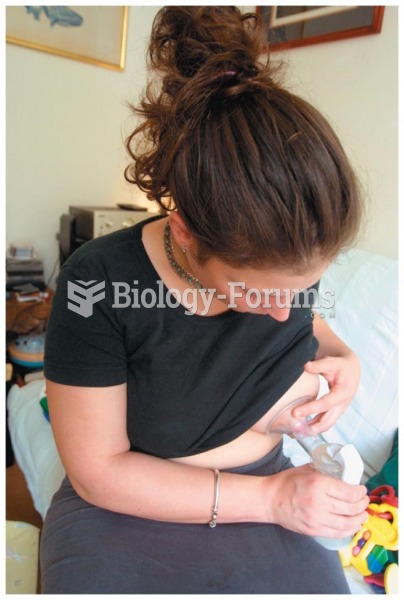|
|
|
The familiar sounds of your heart are made by the heart's valves as they open and close.
Astigmatism is the most common vision problem. It may accompany nearsightedness or farsightedness. It is usually caused by an irregularly shaped cornea, but sometimes it is the result of an irregularly shaped lens. Either type can be corrected by eyeglasses, contact lenses, or refractive surgery.
To combat osteoporosis, changes in lifestyle and diet are recommended. At-risk patients should include 1,200 to 1,500 mg of calcium daily either via dietary means or with supplements.
Bacteria have flourished on the earth for over three billion years. They were the first life forms on the planet.
The average office desk has 400 times more bacteria on it than a toilet.







